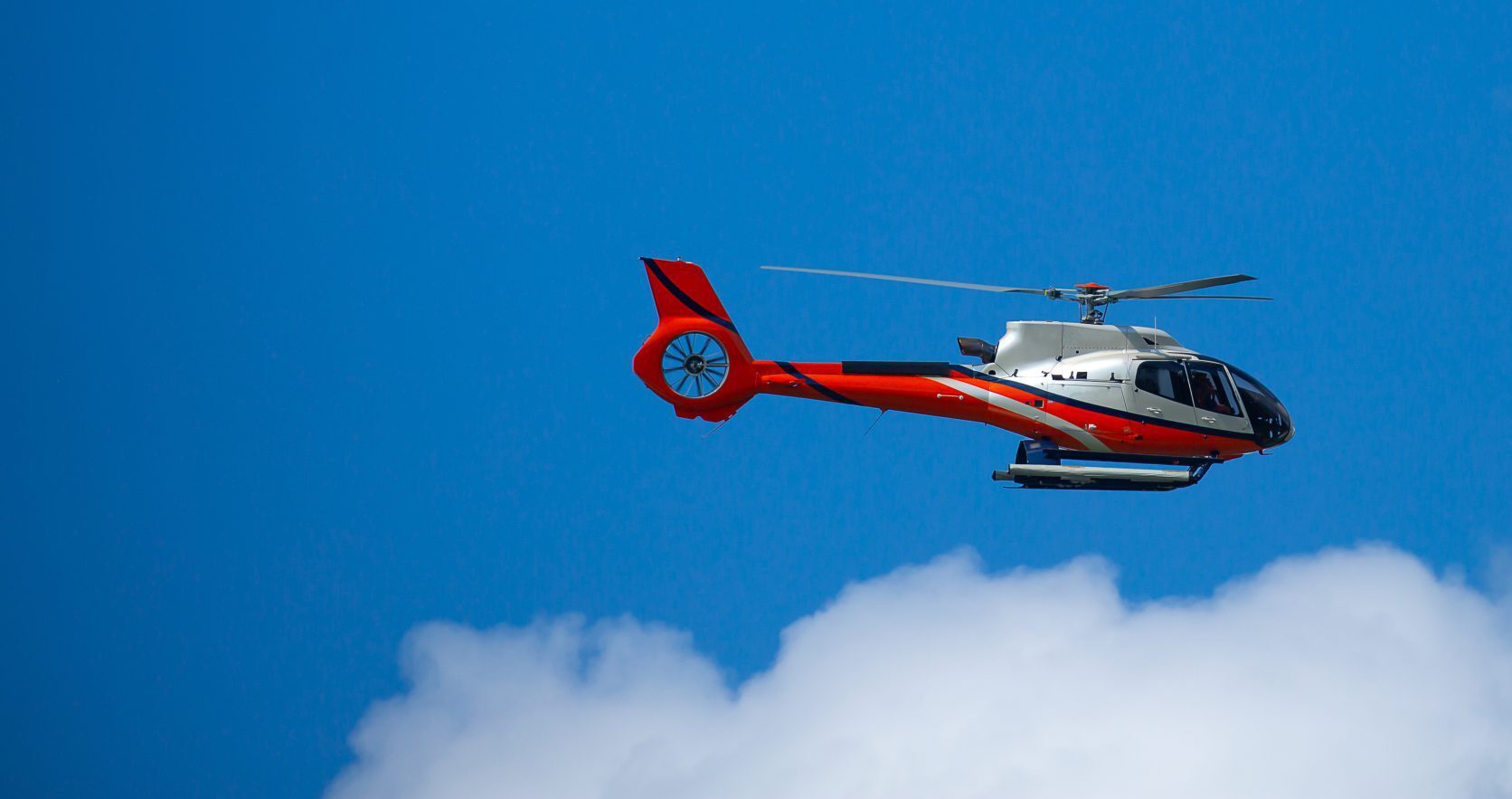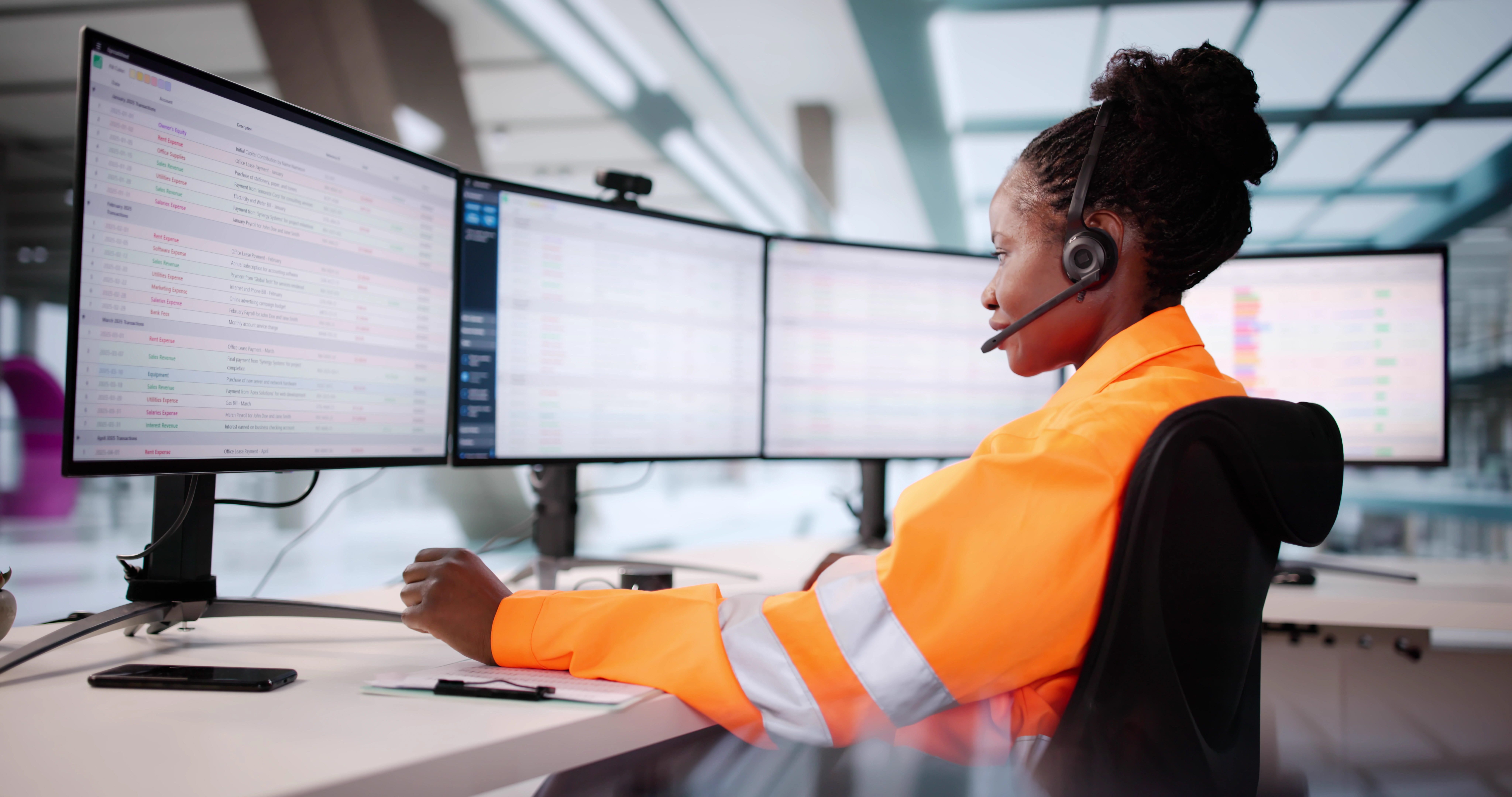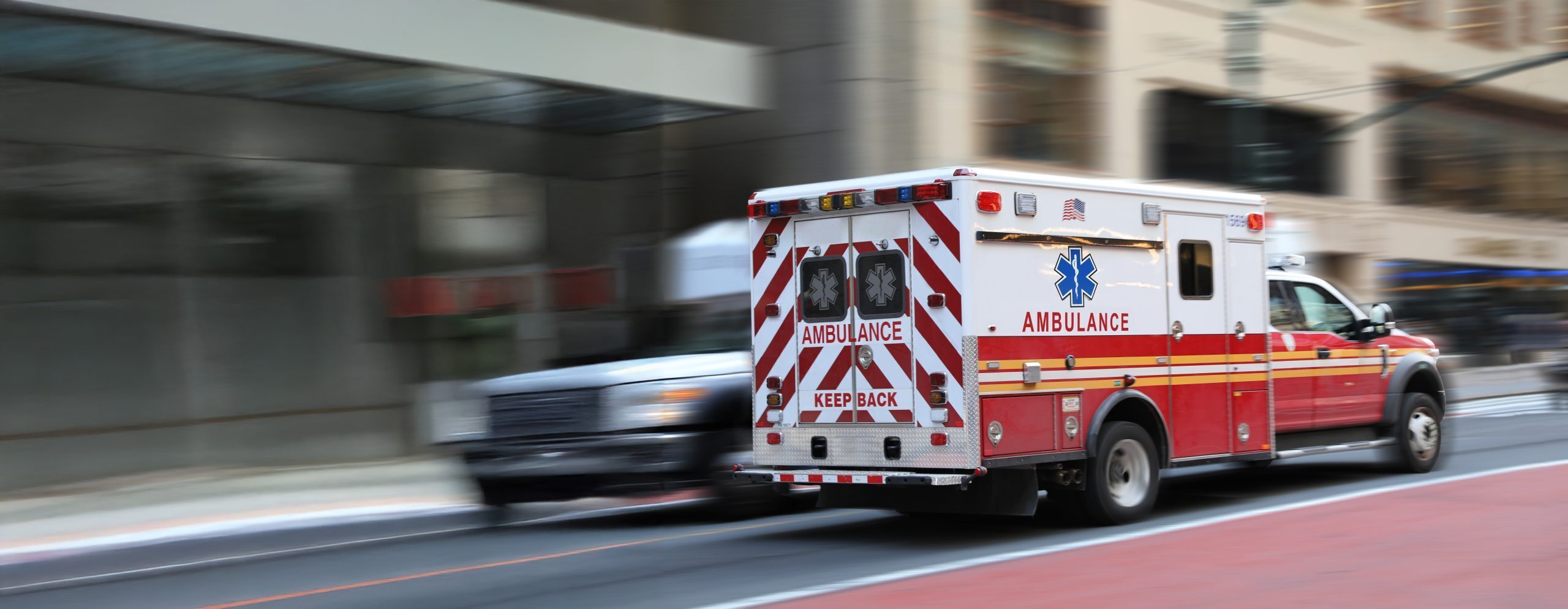An ambulance ride can be stressful and overwhelming, especially if you're in pain or facing a medical emergency. While ambulance staff are highly trained professionals, there are still steps you can take to ensure your own (or a loved one's) safety and comfort during the ride.
Stay calm
In an emergency, maintaining a calm demeanor helps the medical team focus on providing care rather than managing additional stress. If you are accompanying the patient, offer reassurance and stay composed to support the patient effectively.
Provide accurate medical information
As soon as possible, share all relevant medical information with the medical team. This includes your medical history, current medications, allergies, and any specific conditions. Accurate information helps the team provide appropriate care and make informed decisions.
Follow instructions
Listen carefully and follow the instructions given by the medical professionals. Whether it's how to position yourself or how to use breathing equipment, adhering to their directions helps ensure your safety and the effectiveness of the care provided.
Be aware of medical equipment
Ambulances are equipped with life-saving tools such as oxygen tanks, monitors, IV bags, and defibrillators. These devices are essential to providing proper care, but they can pose a risk if they aren't handled carefully. Do not touch or adjust any of the equipment unless directed by the paramedics.
Obey safety guidelines
Adhere to all safety guidelines provided by the medical team. This includes wearing seatbelts and avoiding unnecessary movements or disruptions. Remember, the medical team is there to assist you, and your cooperation is a key part of a successful emergency response.
Help monitor vital signs
If you are a caregiver or family member, be vigilant about monitoring the patient's vital signs if instructed to do so. Report any changes or concerns to the medical team immediately, so they can adjust care as needed. While it can be helpful to provide extra monitoring, it's also important to respect the space and needs of the medical professionals who are trained to provide care.
Avoid using your phone
You may want to use your phone to distract yourself or communicate with family and friends, but this can interfere with the emergency response. Whether you are the patient or you are accompanying a loved one on an ambulance ride, phone can be a distraction for both you and the medical team. It's best to avoid texting or calling unless necessary, because your attention should be on the emergency responders instructions.
Ask questions
If you're unsure about any aspect of the transport or your care, don't hesitate to ask questions. Understanding what is happening and why can help reduce anxiety and ensure you're fully informed about your situation.
Rely on MASA
During an emergency, you aren't able to choose your ambulance provider and research shows that nearly 60% of ground ambulance rides are out-of-network. Fortunately, your MASA coverage puts you one step ahead, with coverage for your emergency medical transport costs and care services for your post-emergency needs. Just submit your medical transit bill through our member portal and we'll pay your claim.
Proactive preparation, understanding protocols, staying calm, and maintaining clear communication with the medical team are key to navigating emergency medical transportation with confidence. By staying informed and prepared, you can help ensure a safer and smoother emergency transport experience.



